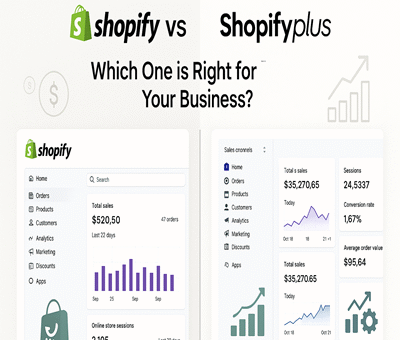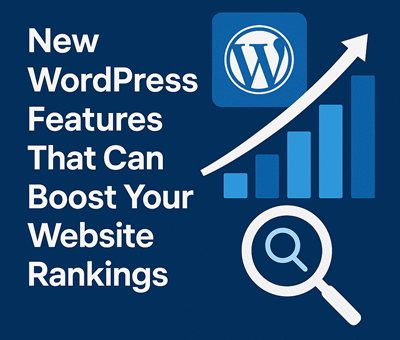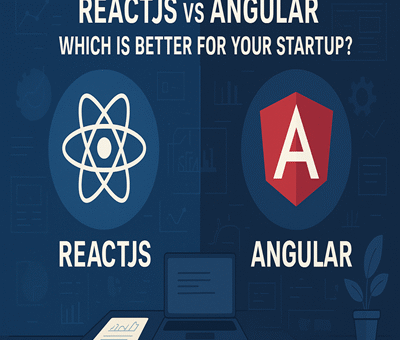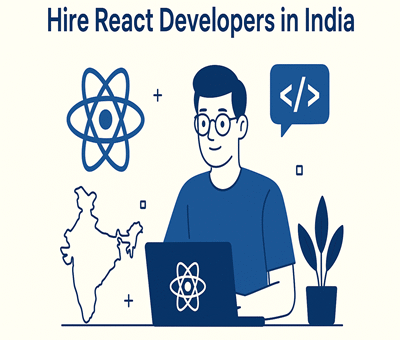Shopify Quietly Killed the App Gold Rush in 2026.
And somehow… made everyone richer.
If you were deep in the Shopify ecosystem before 2026, you remember the app gold rush era.
Build a half-decent app, slap on a $9.99/month price, throw money at ads, and pray merchants stick around longer than one billing cycle.
It worked.
Until it didn’t.
In 2026, Shopify didn’t announce some dramatic reset. No big keynote. No viral blog post.
They just changed the rules quietly.
And the chaos stopped.
The App Gold Rush Was Low-Key Broken
Before 2026, the Shopify App Store had three major problems:
Too many apps doing the same thing
20 apps for popups. 15 for subscriptions. 10 for reviews. Merchants were overwhelmed.Short-term thinking
Many apps were built to monetize fast, not to last.Merchant burnout
$5 here, $15 there, suddenly a store owner was paying ₹20k/month just to keep their stack alive.
More apps ≠ more value.
It was noise.
What Shopify Changed (Without Making Noise)
Shopify didn’t ban apps.
They raised the floor.
1. Native Features Ate Weak Apps Alive
Shopify rolled core features directly into the platform:
Better analytics
Stronger checkout customization
Built-in automation
Smarter email + customer flows
If your app was just a “nice-to-have” it was over.
2. App Store Quality Became Non-Negotiable
Approval got stricter.
Performance mattered.
UX mattered.
Long-term value mattered.
Spammy, bloated, or redundant apps slowly disappeared.
3. Revenue Models Got Smarter
Developers shifted from:
“$9/month for everyone”
to
“Charge based on value delivered”
Usage-based pricing.
Revenue share alignment.
Fewer installs, higher ARPU.
Why Merchants Won
Merchants didn’t need 12 apps anymore.
They got:
Faster stores
Fewer subscriptions
Cleaner dashboards
Tools that actually worked together
Instead of managing tech, they focused on selling.
Less chaos = more profit.
Why Developers Won (Yes, Really)
At first, it hurt.
Installs dropped.
Easy money dried up.
But serious developers stayed—and leveled up.
Now:
Fewer competitors
Higher-quality customers
Longer retention
Real businesses, not side hustles
One great app > ten mediocre ones.
Developers stopped chasing virality and started building infrastructure.
Why Shopify Won the Biggest
This move did three things for Shopify:
Reduced platform bloat
Increased merchant trust
Strengthened ecosystem defensibility
Shopify isn’t just a tool anymore.
It’s an operating system for commerce.
And operating systems don’t need a million plugins—
they need the right ones.
The Real Takeaway
The app gold rush didn’t end because apps failed.
It ended because the platform matured.
2026 wasn’t about killing opportunity.
It was about killing shortcuts.
And in the long run:
Merchants made more
Developers earned better
Shopify became stronger
Quiet changes.
Massive impact.
Sometimes the best revolutions don’t trend on X.
They just work.








